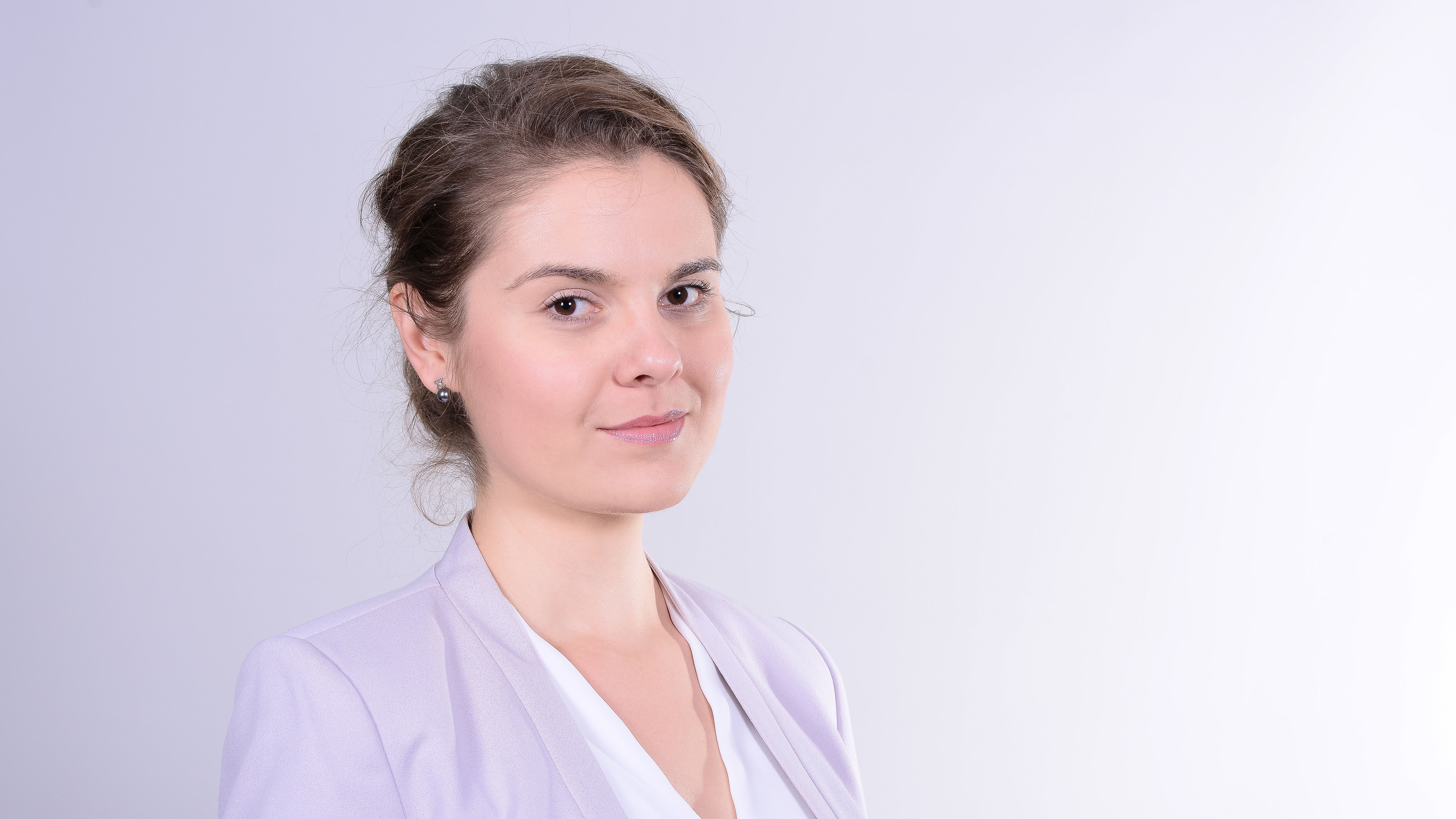Challenges for the German Greens

In the elections in 2017, the Alliance 90/the Greens received 8.9% of the vote, making it the smallest group in the Bundestag. Last autumn, the party recorded a poll increase to a level that would allow it to gain the status of the second-largest force in the German parliament. The favourable results of public opinion surveys are accompanied by successes at the federal state level—today, the Greens are the second political force and the largest opposition group in Bavaria while in Hesse they increased the number of representatives in the landtag and re-formed a coalition government with the Christian Democrats. The party may now count on a better result in the elections to the European Parliament, local governments, and national parliaments. The results of recent public opinion polls also allow it to calmly face possible earlier federal elections, although without confidence of obtaining second place. Some polls from February and March indicate that the Greens were superseded by the SPD.
Reasons for Increased Support
The Greens are the political beneficiary of tensions within the grand coalition. The slowdown in the implementation of reforms included in the coalition agreement and low ratings of the government’s work led to a fall in support for the Christian Democrats and Social Democrats and raised voters’ sympathy towards the opposition parties. A reflection of this dynamic was the result of the state elections in the autumn of 2018. In Bavaria, 6.6% of voters who in 2013 supported the Christian Democrats turned to the Greens, and SPD lost 18.9% of votes to the same party. The scenario was repeated two weeks later in Hesse where the Greens recorded an increase in support of 8.7 percentage points (p.p.), mainly at the expense of the Christian Democrats and Social Democrats, receiving 9% and 14.7% of their votes, respectively.
The crisis in the SPD also favours the Greens. The former party is divided on the question of further participation in the grand coalition, which is preventing rebuilding its image as an alternative for CDU centrist voters and gaining the leftist electorate of the Greens and die Linke. The disagreements also undermine the position of Andrea Nahles as the leader able to consolidate the grouping and get a good result in elections. The SPD also has lost the traditional blue-collar electorate—the German Institute for Economic Research found that in 2016 only 17% of people defining themselves as blue-collar workers were SPD voters while 34% would vote for AfD.
The probable correction of the political course of the Christian Democrats after the change of party leadership is also a chance to win new voters. The new chairwoman, Annegret Kramp-Karrenbauer, referred to as the continuator of the centrist direction taken by Angela Merkel, defeated the conservative-wing candidate by a small difference in votes. To win over her competitor’s supporters, the new president is supposed to take into account their demands. It does not change the fact that the Christian Democrats are shifting to the right anyway: tightening migration policy and being forced to the right in the fight for AfD voters. If the party decides to distance itself further from Merkel’s political course, the Christian Democrats may lose the centre-left voters who supported CDU/CSU in the parliamentary elections in 2013, which would allow the Greens to gain their votes.
The Greens owe their support not only to the situation of the two largest groups but also a change in leadership. In January last year, new leaders Robert Habeck and Annalena Baerbock, coming from the so-called “realist wing” of the Greens, managed to avoid open conflicts with the left-wing faction. The image of a consolidated grouping complements a clear ideological profile, which includes values such as environmental protection, pacifism, women’s rights, and social justice. This allows the Greens to position the party as the opposite of the anti-immigrant and nationalist AfD. Demonstrating the coalition’s capabilities at the federal level also works in favour of the Greens. Between 1998 and 2005, the party co-formed government with the SPD, and after the last parliamentary election, it was close to joining the coalition with the Liberals and the Christian Democrats. The Greens have representatives in nine state governments.
Challenges
The Greens’ favourable poll results and successes in Bavaria and Hesse do not clinch stability of support. The party is unable to transfer the high poll results into more seats in the Bundestag without winning over voters from outside its traditional electorate, which means it needs people with less education, blue-collar workers, and pensioners, all of whom supported the Greens the least in the 2017 parliamentary elections. Canvassing the constituency effectively for votes at any level requires extensive party structures. Although last year the number of party activists reached over 75,000 the Greens remain far behind SPD, which, despite the visible crisis in the party, still has around 443,000 active members.
The problem is clearly noticeable in the country’s east, mostly because of the low popularity of the Greens in the area of the former East Germany, where in the last Bundestag elections the party obtained only 5% of the votes (compared to 9.8% in the west). The results of the elections to state parliaments are similar: Berlin excluded, the best result was recorded by the federal elections in Brandenburg in 2014 (6.2%). These low results are caused by the party’s image problems—although the Greens present themselves as a party of social justice, they are perceived as a party of wealthy, West German townsmen focused on ecology, which is an obstacle to winning voters from the “new states” in the east.
Conclusions
The Greens have undergone an image evolution, becoming a more attractive alternative to voters in the centre. The lack of stable support among various social groups, the weakness of the party’s structures, and low popularity in the east of Germany indicate that the Greens may have difficulty maintaining the high opinion poll results.
Although there are doubts about the durability of the results, the growing popularity of the party has already brought it political benefits. It has undermined the status of the Social Democrats as the main social-issue party dominating the German left. This led SPD in February this year to present expansive ideas for reform of the social state. The fight for left-wing voters between the Greens and SPD, on the one hand, and the Christian Democrats’ rivalry for the right-wing electorate with the AfD, on the other, will hinder the functioning of the grand coalition. This increases the likelihood of the coalition’s disintegration and resumption of negotiations between the CDU/CSU and the FDP and the Greens. It also means the likelihood of writing off earlier elections.
A stronger Greens party at the state level is a problem for the grand coalition. It will be able to prevent the implementation of laws requiring approval of the Bundesrat, for example, blocking the tightening of asylum rules in February this year.
The test of the real popularity of the party at the level of the federation will be elections to the European Parliament. The growth in support for the Greens at the federal level coincides with its high polls’ results ahead of the European elections, which gives it hope for a larger number of deputies. If the German Greens are successful in the elections, however, that does not mean a significant extension of the representation of the Greens/EFA group in the EP.
For Poland, the prospect of the Greens becoming the second political force in Germany has ambiguous consequences. On the one hand, the party opposes the construction of Nord Stream 2, favours sanctions against Russia, and seeks support for less-developed EU regions from cohesion policy funds. On the other hand, it proposes an EU-wide departure from coal-based energy, the introduction of a mechanism for the compulsory relocation of refugees, the creation of a separate budget for the euro area, and rejects the allocation of 2% of GDP to defence. The potential entry of the party into the German government coalition would make it difficult to find compromise towards existing, divergent positions and may lead to new areas of dispute with Poland.





